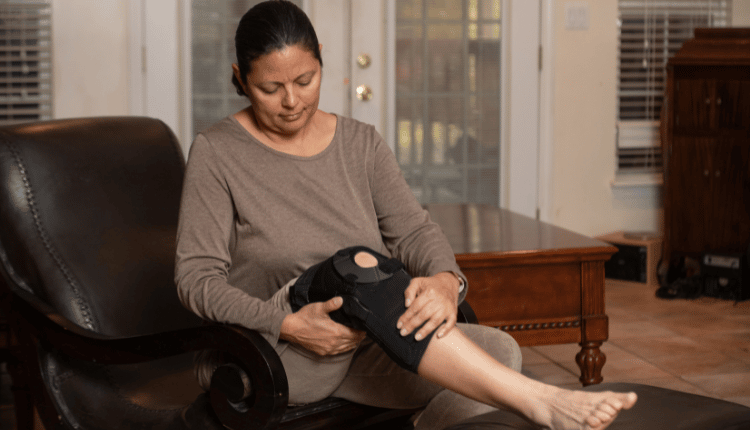Workers who spend long hours on their feet experience knee pain as a result of repetitive movement. Whether you’re pushing, pulling, or climbing ladders, constant bending can lead to stress on the ligaments and tendons in your legs. Knee pain is also common among other jobs as well. If you spend most of your day sitting at a desk, standing behind a cash register, or driving a vehicle for long periods of time, these activities are likely to cause knee strain and tension.
Thanks to today’s high-tech materials and manufacturing processes, most sporting goods companies now sell bendable athletic shoes and sneakers that don’t compromise durability or performance. Flexible shoe inserts are also available for those with arthritic joints who want extra support when bending or squatting. Below are three tips to prevent knee pain when bending:
Pay attention to the way you bend
If you bend at the knees, you place a great deal of strain on the kneecap and surrounding ligaments. When bending at the knees, you should focus on keeping your back straight and your chest lifted, and keep your arms close to your sides. By doing so, you’ll minimize the amount of stress on your knee ligaments, tendons, and joint.
Bending while keeping your back straight and chest lifted allows you to utilize your core muscles to support your weight. Core muscles are crucial to a healthy, active lifestyle, and they can help you maintain proper posture and reduce back pain. Knees bent at a 90-degree angle for long periods of time can lead to back pain and serious injury.
Don’t bend at the knees
If you bend at the waist and knees, your hips, knees, and ankles are all at the same height. As a result, your lower body is at risk of injury. When bending at the knees, your knees are susceptible to injury by landing on the ground.
This not only puts strain on your knees, but also your hips and ankles. While bending at the waist allows you to achieve the same height as your knees, your hips and ankles aren’t put at risk. Bending at the waist also puts a great deal of stress on your lower back due to the twisting motion of your torso. Back pain is a common result of bending at the knees. A bend at the knees can also lead to baby-pellet sacs, which are tiny canals in your pelvis that are connected to the womb.
Keep your back straight while bending
When bending, focus on keeping your back straight. This will help you maintain proper posture, reduce back pain, and make bending easier on your joints. Also, try to bend at the same height as your knees. This will help you stay consistent with the height of your legs.
By keeping your back straight, you’ll be less likely to strain your lower back. If you bend forward or twist while bending, you’re putting more strain on your lower back. By bending at the same height as your knees, your lower back is less likely to experience strain.
If bending is unavoidable, be mindful
If you have to stand for long periods or laboriously reach for objects in a corner, try to stand up with your back straight. You can also try taking a break and walking around to stretch your back and legs. By changing your position, you’ll be able to work longer before feeling the need to rest.
If you have to reach for an object that’s in the corner of a room, find a way to reach it while standing up straight. For example, you can use a ladder, stool, table, or other object to reach the object in the corner.

Stay flexible with exercise and a basics program
If you’re experiencing knee pain when bending, you can increase flexibility with a basic program that features exercises designed to strengthen your body while stretching it. You can also stay flexible by performing leg exercises with low weights and avoiding excessive stretching.
Wrapping up
If you spend long hours sitting at a desk, standing behind a cash register, or driving a vehicle for long periods of time, bending at the knees can lead to serious knee pain. To prevent this, keep your back straight and focus on keeping your knees bent at the same height as your hips. You can also use a wall to help you get up from a seated position when possible.




